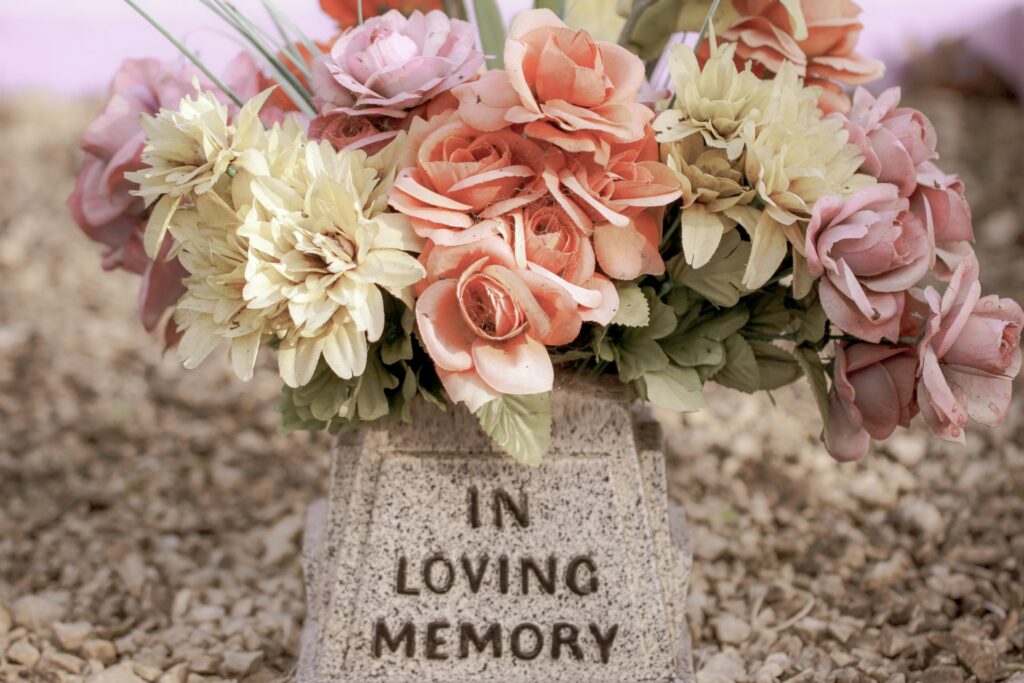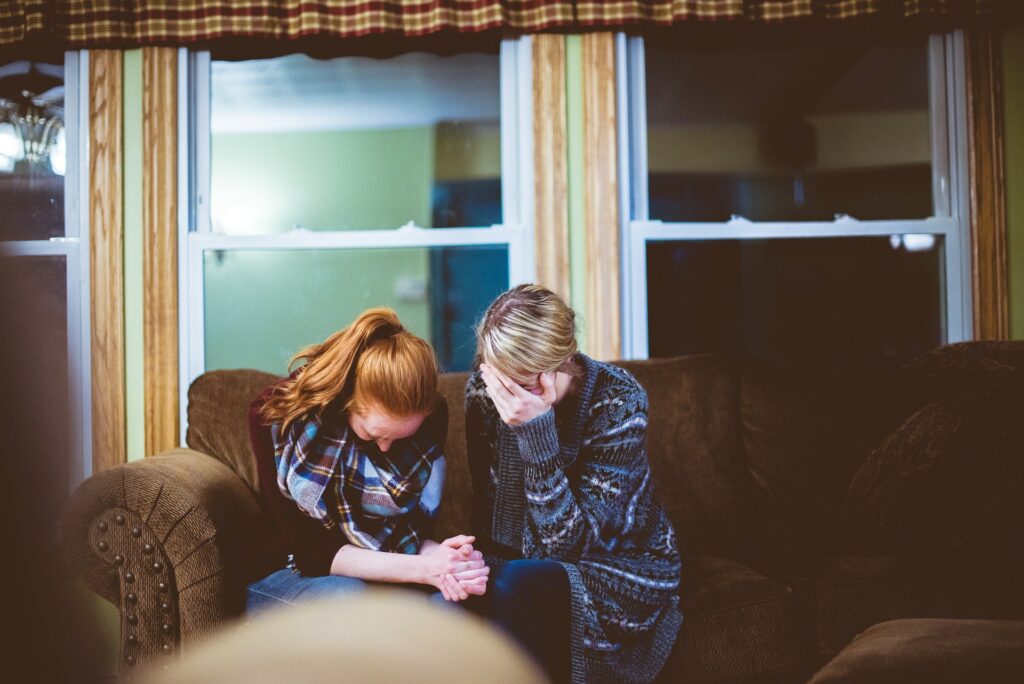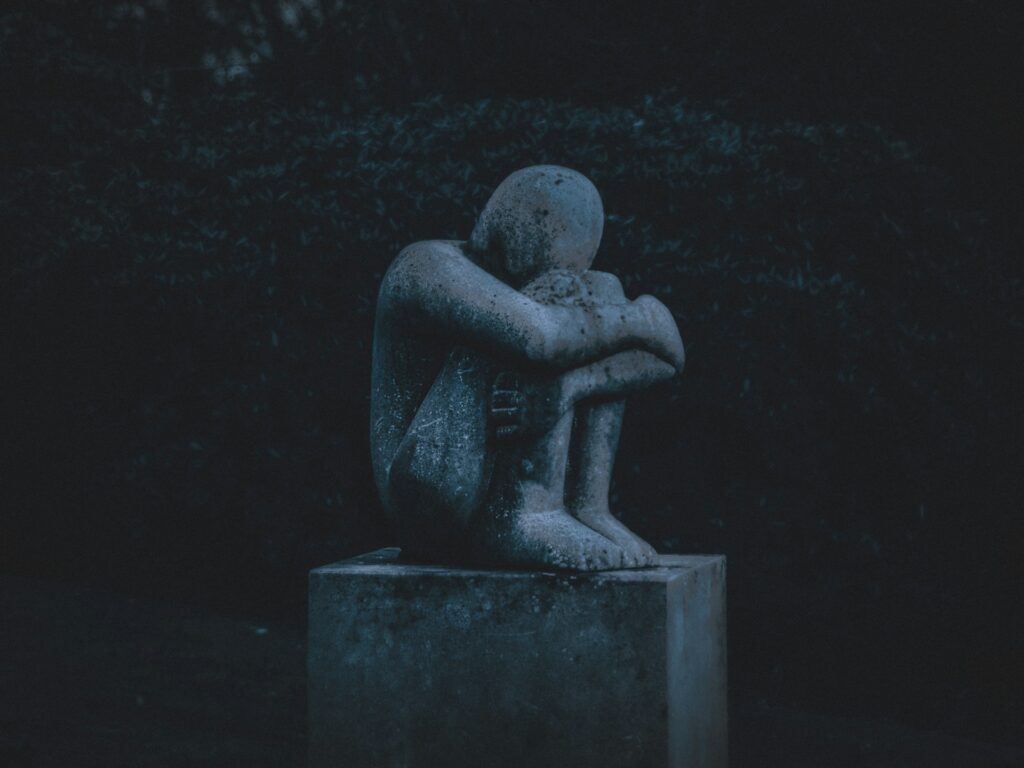
Grief changes everything. It slows the body, bends the mind, turns days into long corridors with no exit signs. People will reach for comfort in different ways. But – not every option brings substantial, healthy relief. Some might turn to food, some to silence, some to substances that cloud the pain rather than easing it. The process of preventing substance reliance in mourning means finding safer anchors while still allowing sorrow to move through your body and mind. The absence of one person shouldn’t result in the absence of ourselves.
Subtle Warnings
Grief often starts with numbness, and then the numbness demands filling. A glass of wine quickly becomes two. Sleep comes through medication, not real rest. These changes are initial indicators of substance use. They may seem minor at first, but in reality, they are early signs of substance use that families tend to overlook. That’s because relying on substances in grief is sometimes considered normal. What began as coping might harden into reliance. The trick is to notice patterns before they cement.
Warnings are usually hiding in plain sight. Prescriptions that run out weeks early. Excuses that sound thinner with each retelling. A loved one insists they’re doing fine, though their skin dulls and their energy fades. Watch out for these markers of a deeper struggle.

Friends as a Safety Net
Some losses create silence inside the house. Friends can fill that silence with stories that will keep the memory alive. Leaning into trusted connections stops grief from looping inward. A shared walk, a call at midnight, even watching a bad TV movie together can put together a fragile mind. Friends carry us into the present when the past feels heavier than the body’s able to hold.
\Friends see what we can’t and can provide a different perspective and social support. They can notice the drop in appetite, the missed appointments, and the increasing distance from hobbies you used to enjoy. They remind us that life still asks for our participation.
There’s no perfection in friendship during grief. Some friends might say clumsy things. Others will offer silence that feels more like absence. Still, it’s the attempt that matters. Even a flawed presence can ground someone who feels unmoored.
Guidance Beyond Familiar Faces
There are days when friends don’t know what to say, or when their comfort feels thin. Professionals – therapists, counsellors, support groups for people in mourning – stand ready. They hold space for questions that might frighten or concern family members. Their guidance is there to shape grief into something less wild, less consuming.
Professional guidance offers much-needed structure to days spent in mourning. Therapy sessions create steady appointments that counter the drift of grief. Support groups or grief and loss counselling will replace isolation with shared recognition, reminding mourners they’re not alone or unique in their pain. Clinical care adds practical strategies – breathing exercises, journaling prompts, cognitive reframing –
that turn abstract emotions into manageable pieces.
The Unfiltered Voice
Emotions we leave to silence tend to ferment. Speaking them aloud – shame, anger, sadness – releases pressure before it’s turned into collapse. Some find it easier to write letters they’ll never send, or to scream in the car on the drive home. Others will talk through tears with someone who listens without judgment. Grief demands air. Holding it back stiffens the body and sharpens the pain. Expressing it keeps the system from shutting down.
Words act as safety valves. Journals capture thoughts too jagged for conversation. Recordings on a phone preserve confessions meant for no one’s ears but our own. A painting, a song, or even an angry rant in the shower becomes testimony to what the body refuses to carry alone.
Families can sometimes resist this openness. They might urge mourners to be strong. Yet strength is a myth if defined by silence. Releasing emotion, in raw form, reclaims power. It ensures grief doesn’t calcify inside the chest.

The Shape of Rituals
People have always used rituals to survive loss. Lighting a candle every morning, cooking the favorite meal of the one gone, or setting aside a song for Sunday afternoons – each action anchors memory in a repeatable form. Rituals are a fundamental part of the human experience; among other things, they structure grief. With structure, sorrow feels less formless, less endless.
Rituals also carry culture. They connect us to generations that came before, reminding us that mourning is shared across time; nothing new under the sun. That connection provides reassurance that grief is survivable because others have already walked the path. Rituals are reliable ways of preventing substance reliance in mourning.
The Body Remembers Too
The mind spirals in mourning, but the body needs equal attention. Eating food that sustains energy, sleeping enough hours, and moving in simple routines prevent the body from collapsing under the weight of loss. A healthy body can also steady the grieving mind. Without it, sadness deepens into illness.
A mourner who skips meals loses the energy they need to handle emotional storms. Sleep deprivation will only magnify sadness and might lead to despair. Ignoring physical needs reduces resilience. This kind of personal neglect will leave the person more vulnerable to unhealthy coping.
In grief, acts of self-care may feel a little trivial. However, drinking water, stepping into a shower, brushing teeth – these signal continuity of life. They serve as reminders that the body still belongs to us, even when the heart feels broken.
Air and Motion
Stepping outside resets perspective. Fresh air clears thoughts, and exercise releases tension. Walking a park path, stretching in the yard, or biking through quiet streets turns grief into motion instead of stasis. The body in motion keeps the mind from becoming locked in a single story of loss. And somewhere on the path, breath somehow feels easier again.
Exercise need not be intense. A slow walk around the block might be enough. Gardening places hands in soil, reminding us of cycles larger than our individual lives. Even standing under the clear open sky, breathing deeply for minutes at a time, will restore balance.
The outdoors also reconnects us with community, one of the oldest defense mechanisms out there. Neighbors wave. Children laugh in playgrounds. Strangers walk dogs past us. These fragments of normal life weave back into our perception. They’re showing us that continuity exists beyond grief.
Holding Steady
Grief is heavy, but it doesn’t necessarily have to drag someone into dependency. The real work lies in weaving support, ritual, and movement into daily life. It lies in staying alert to signals that something else, something unhealthy, is taking over. Preventing substance reliance in mourning is also giving grief its time without letting it consume every part of existence. In that balance, memory remains intact, and life,
though altered, continues forward, as it should.